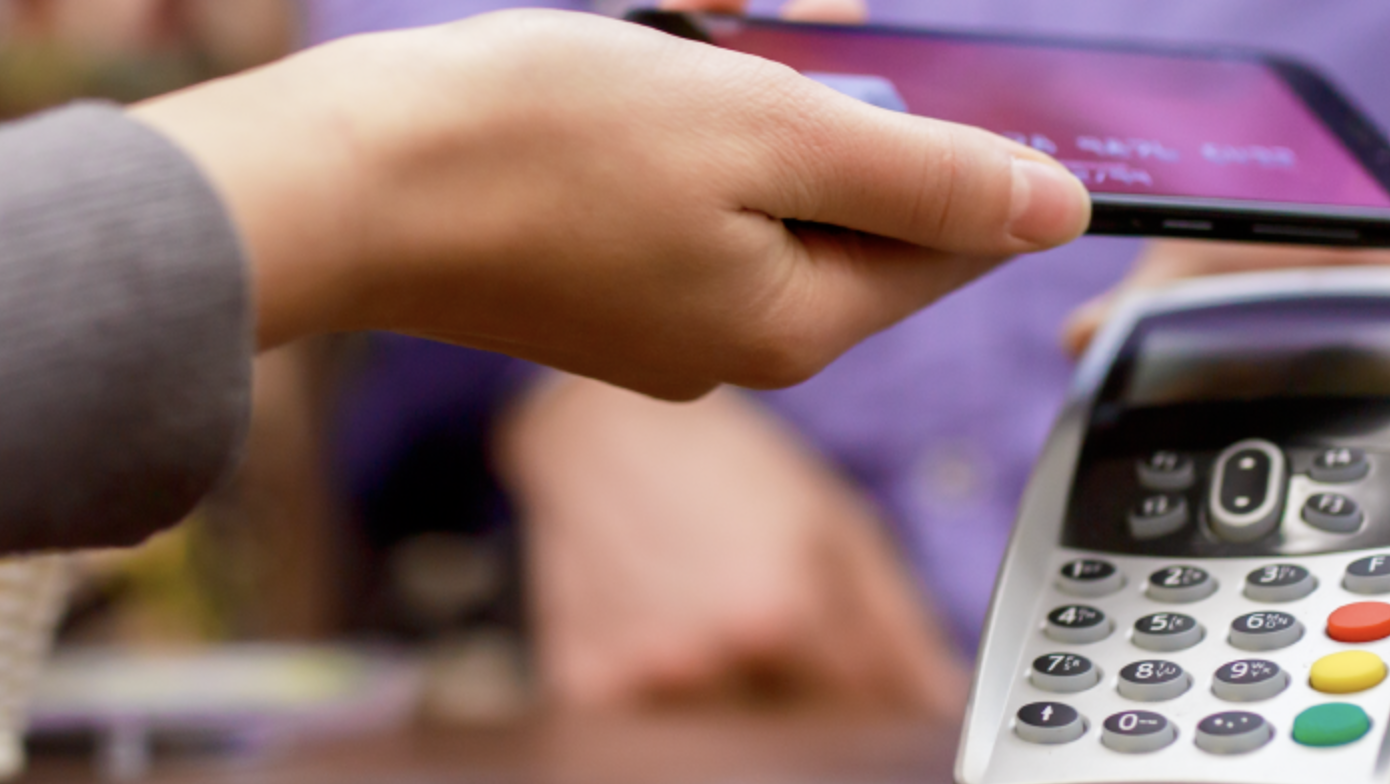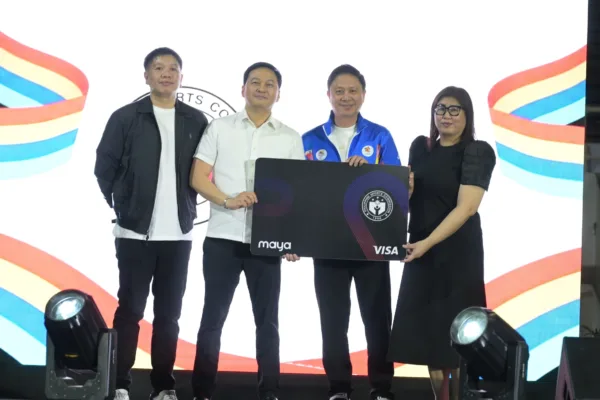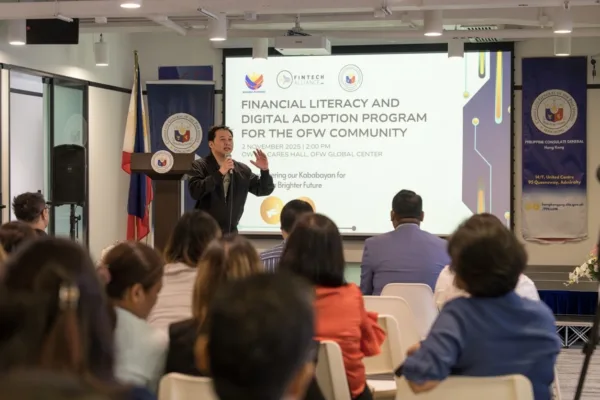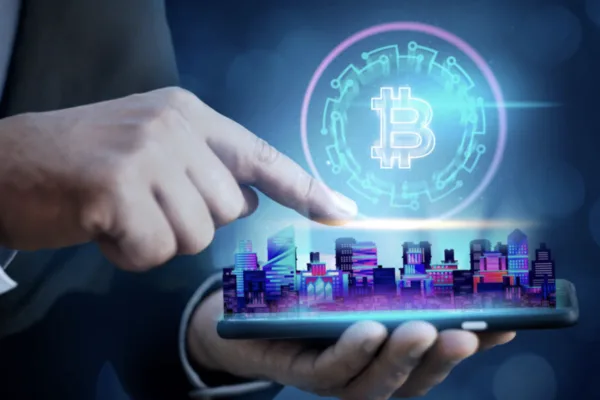As we enter a new year, Filipinos have become increasingly reliant on e-wallets and banking apps to manage their finances.
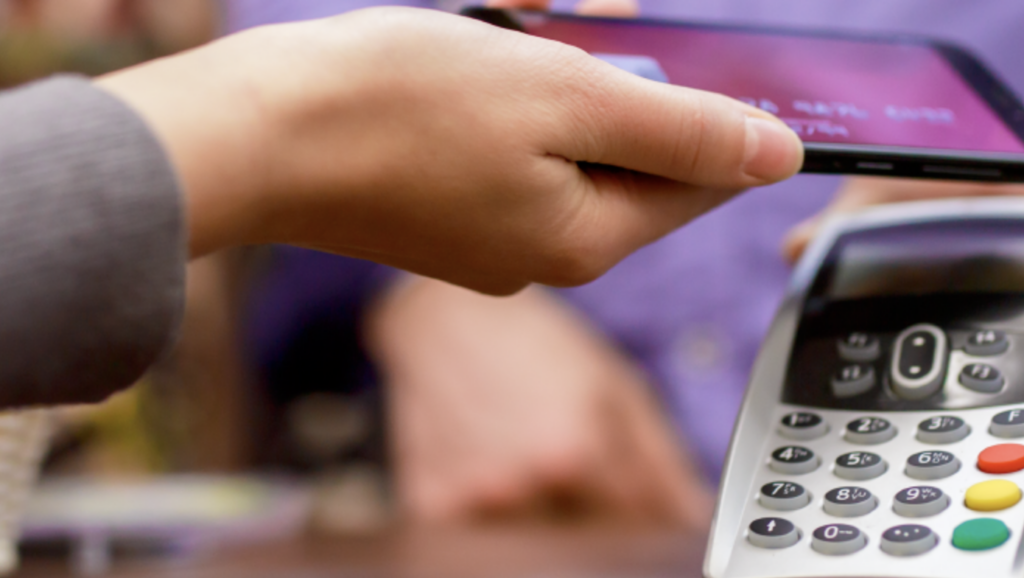
A recent study by Adjust, an analytics firm, revealed that Filipinos spend nearly 15 minutes per session on digital financial service apps, significantly higher than the global average.
This trend highlights the growing trust in digital platforms and the need for users to be aware of potential security risks.
The convenience of e-wallets comes with a responsibility to protect your hard-earned money. The cautionary tales circulating on social media serve as a stark reminder of the importance of e-wallet security.
Here are some essential tips to keep your finances safe in the new year:
1. Treat your e-wallet like a real wallet
Many people receive their salaries or transfer their paychecks directly to their e-wallets, drawn to the ease of sending and receiving money. However, just like a physical wallet, you wouldn’t carry your entire salary around.
Consider keeping only a necessary amount in your e-wallet. This way, if your account is compromised, you’ll minimize potential losses.
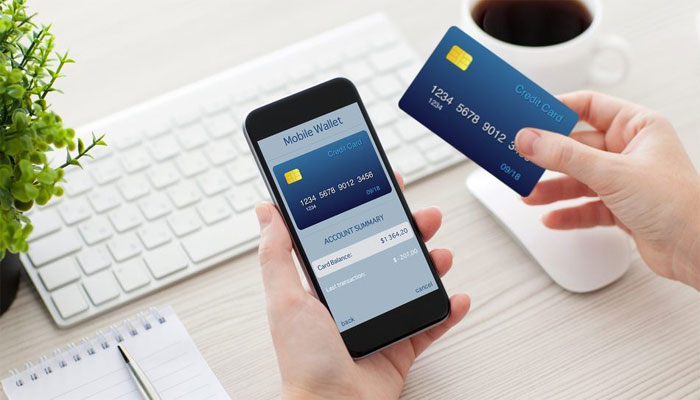
2. Linking convenience with caution
E-wallet providers often encourage users to link their accounts with various shopping apps, food delivery services, and even banks.
While this undeniably enhances convenience, it also increases the risk of exposure if one account is compromised.
Consider the trade-off between convenience and security. Using different passwords and avoiding unnecessary account linking can add an extra layer of protection.
3. Track your transactions
One of the significant advantages of e-wallets is the ability to track your spending. Unlike traditional wallets, you have a clear record of incoming and outgoing funds with timestamps.
Make it a habit to regularly check your balance and transactions. Report any suspicious activity immediately. The sooner you report an issue, the higher the chances of recovering your funds.
4. Scan wisely
Always be mindful of what QR codes you scan. When paying someone, ensure the code reflects the correct amount to avoid overpaying.
If you’re unsure, double-check the store name or recipient details after scanning and ask the cashier for confirmation.
Remember, if you’re expecting a payment, you shouldn’t scan any QR codes.
A recent scam involves sending a long story about a payment coming from overseas and requesting the seller to scan a QR code to “fix” a nonexistent problem. Be wary of such tactics and never scan codes from untrusted sources.
5. Test and rate customer service
Choose an e-wallet provider with reliable customer service. In times of trouble, you should be able to reach them for assistance. Don’t wait until you have an issue to test their customer service.
Try contacting them beforehand to assess their response time and availability. Reliable customer service, accessible 24/7 via phone, email, chat, or through the app, is a crucial factor to consider.
The Philippines’ e-wallet boom and financial inclusion

The Philippines has witnessed a significant surge in e-wallet adoption, driven by the pandemic and the need for contactless transactions.
According to the latest report from Visa, a trusted leader in digital payments, the Philippine payments landscape is poised for a transformative shift by 2025, driven by rising cross-border e-commerce, growing connectivity of global digital wallets, and the adoption of advanced security frameworks.
As envisioned by Visa, the future of payments in the Philippines will be “seamless, secure, and interconnected.”
Highlighting three pivotal trends (the rise of cross-border shopping, connected commerce, and dynamic security frameworks powered by AI) the company outlined how emerging technologies and evolving consumer habits will reshape the industry.
This shift in consumer behavior has been instrumental in promoting financial inclusion. E-wallets offer easier sign-up processes compared to traditional bank accounts, allowing more Filipinos to participate in the formal financial system.
The Visa study further validates a Bangko Sentral ng Pilipinas (BSP) survey in 2021, which revealed that 56% of Filipinos now own formal financial accounts, largely due to the popularity of e-wallets.
As digital payments continue to gain traction, Mochi, a local fintech player, estimates that 67% of retail payments in the Philippines this year will be settled through online platforms.
The BSP’s QR Ph initiative, launched in 2019, further promotes digital payments by utilizing QR codes for faster transactions at point-of-sale terminals.
E-wallets offer undeniable convenience in managing finances. However, with this convenience comes the responsibility to safeguard your hard-earned money.
By following the above tips and staying vigilant, you can navigate the digital financial landscape with confidence in the new year.
Remember, a little caution goes a long way in protecting your financial well-being.




